Nextron’s Medical Connectors Are Widely Used in IVL Catheters for Vascular Calcification Treatment
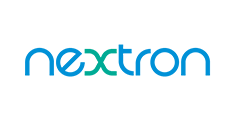
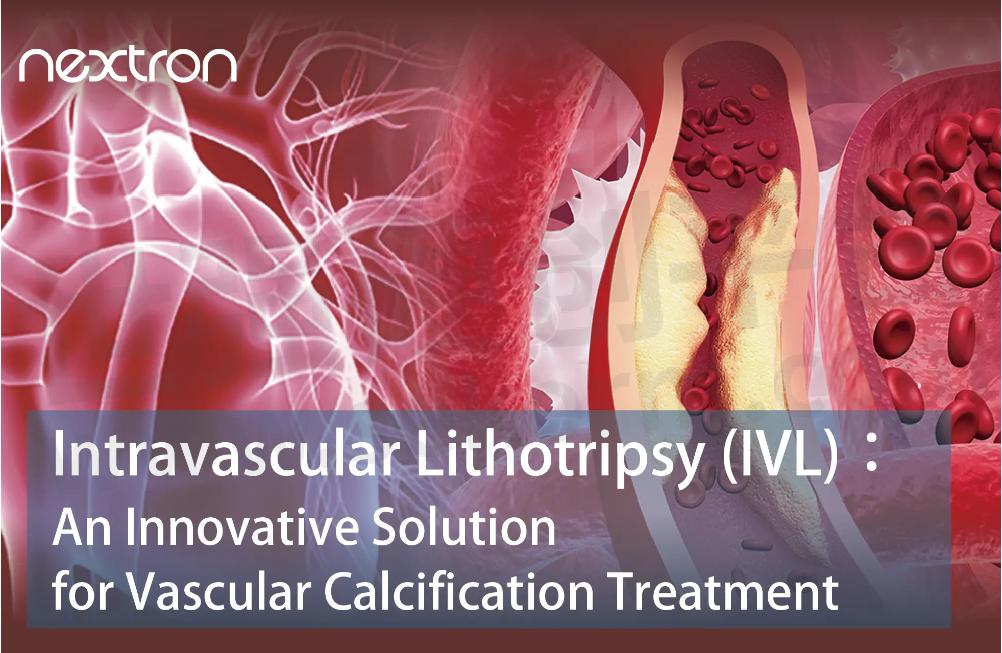
Arterial calcification has long presented a significant challenge in cardiovascular treatment. These calcified lesions not only obstruct blood flow but can also lead to severe outcomes like myocardial infarction and heart attack, making effective treatment more crucial. Traditional interventions such as balloon angioplasty or stent placement often fall short when faced with heavily calcified plaques, limiting their overall effectiveness. However, intravascular lithotripsy (IVL) is emerging as a groundbreaking technology that is changing the landscape. IVL is now widely applied in the treatment of calcified lesions in both coronary and peripheral arteries, providing an innovative and effective solution for tackling vascular calcification.
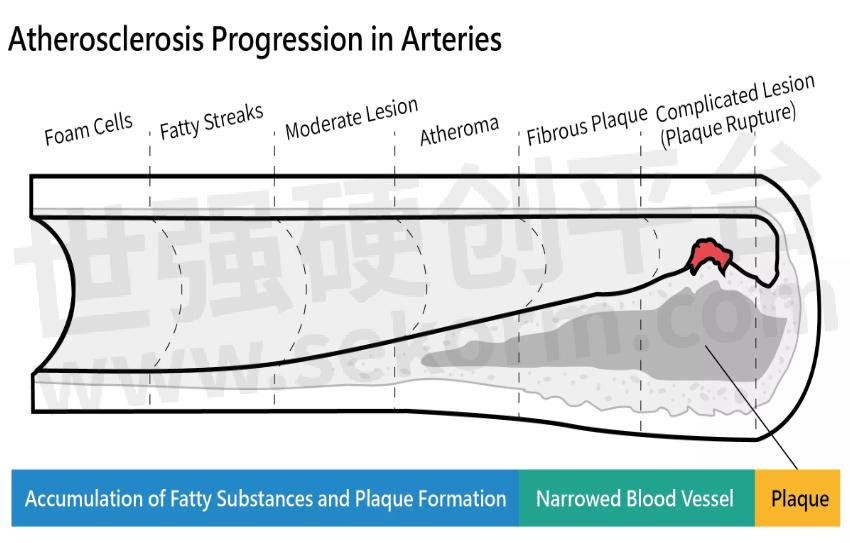
What is Intravascular Lithotripsy (IVL)?
Intravascular Lithotripsy (IVL) is a minimally invasive treatment specifically designed to address calcified plaques within blood vessels. By delivering shock waves, IVL effectively transmits energy directly to the calcified tissue in the artery, breaking it down in a controlled manner and helping restore normal vessel patency and elasticity. To ensure safety, the frequency and intensity of the shockwaves are precisely calibrated, allowing IVL to effectively fracture calcified plaques without causing harm to the surrounding healthy tissue. Compared to traditional methods such as balloon angioplasty, IVL significantly reduces the risk of injury to the vessel wall and minimizes the likelihood of post-procedural complications.
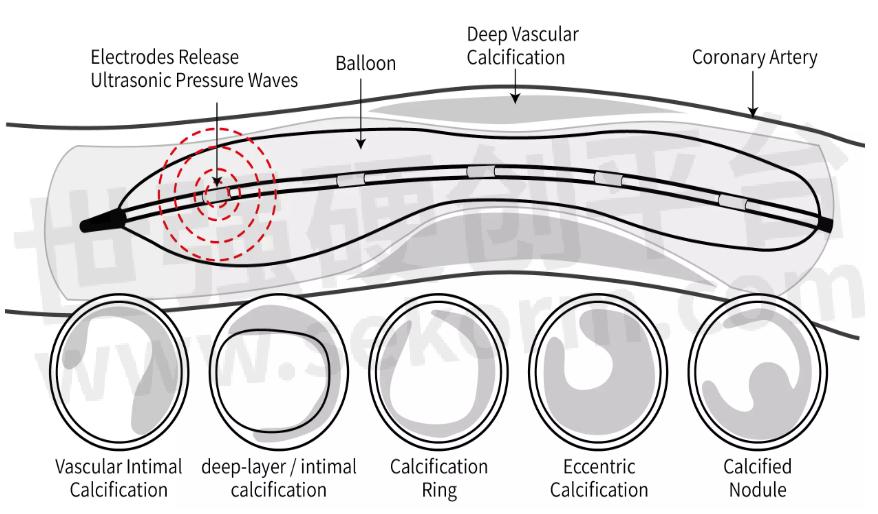
Comparison of IVL with Traditional Techniques
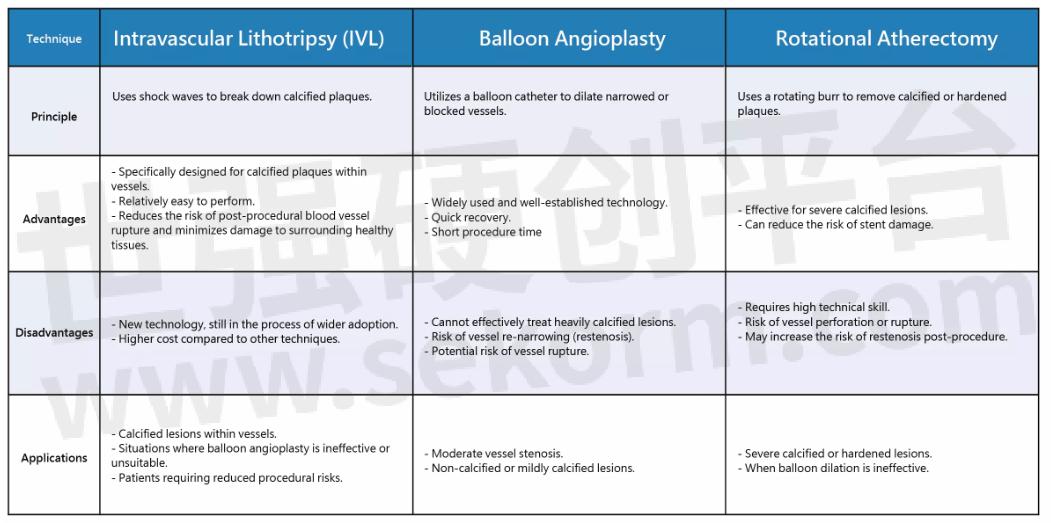
Success Rate and Applications of IVL Technology
According to a 2021 study published in the Journal of the American College of Cardiology (ACC), IVL technology has demonstrated approximately a 90% success rate in treating severe calcified lesions, with a low incidence of adverse events.Please refer to the report published by ACC, Ten Points on IVL, June 2021. This technique uses controlled sonic pressure waves to effectively and precisely break down calcified plaques within blood vessels, enhancing the outcomes of interventional treatments. IVL has been widely adopted for addressing calcified lesions in both coronary and peripheral arteries, where its low rate of adverse events and high success rate make it a safe and effective option. For more details, please refer to the JACC Journals, Vol. 14 No. 12.
Conclusion
Balloon angioplasty, rotational atherectomy (RA), and intravascular lithotripsy (IVL) are three minimally invasive procedures used to treat vascular calcification. Rather than replacing one another, these techniques are complementary and selected based on specific clinical needs. IVL, in particular, is well-suited for moderate to severe calcification cases, especially when minimizing procedural risks is crucial. Medical teams choose the most appropriate technique based on the severity of the calcification and treatment goals, helping to enhance treatment success rates and ensure patient safety.
With the growing adoption of IVL technology, Nextron’s medical connectors are increasingly recognized across the industry, especially for their applications in IVL catheters and high-frequency energy connectors. These connectors have been adopted by several leading international medical device manufacturers and are successfully utilized in clinical settings, underscoring Nextron’s reliability in the field of minimally invasive surgery.
Nextron is dedicated to providing connector solutions that meet medical industry standards. Nextron's medical connectors comply with IEC 60664-4 certification, ensuring stable performance within a voltage range of 2000 to 5000VDC. These connectors are widely used in IVL catheters and high-frequency energy connectors, trusted by leading global medical device manufacturers and implemented in clinical settings, showcasing Nextron's reliability and stability in medical applications.
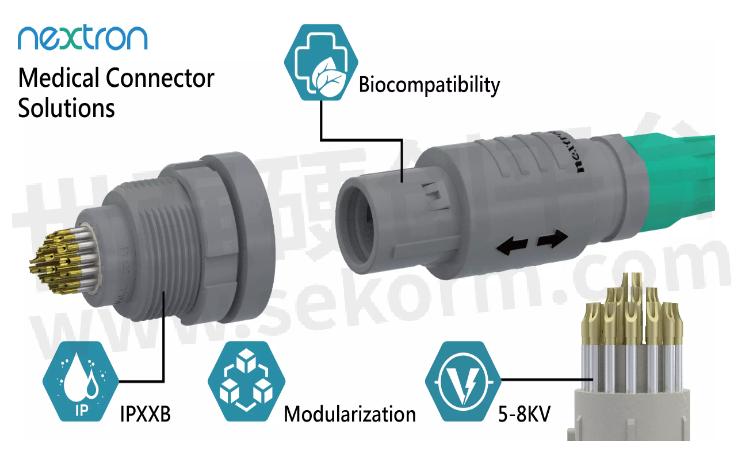
- +1 Like
- Add to Favorites
Recommend
- Medical Waste Management System Based on RFID Technology, Ensures Data Transparency and Traceability, Standardize Management Processes and Control Pollution from the Source
- Revolutionizing Medical Devices with Smiths Interconnect High-Density Connectors D04
- How to Select the Right Electrical Connector for Specific Medical Devices and Applications
- Choosing the Right Interconnect Systems for Medical Device Designs
- MITSUMI Announced that ABLIC, the Company‘s Consolidated Subsidiary, Had Decided to Acquire the Medical-related Business Operated by Socionext from Socionext
- Connectors from Smiths Interconnect to Help Disposable Medical device Increase Safety for Patients
- How Smiths Interconnect Keeps The Medical World Connected
- Smiths Interconnect Connectors D Series for Medical Devices Autoclaving
This document is provided by Sekorm Platform for VIP exclusive service. The copyright is owned by Sekorm. Without authorization, any medias, websites or individual are not allowed to reprint. When authorizing the reprint, the link of www.sekorm.com must be indicated.





























































































































































































































































































































































































































































































































































































































































































































































































































































































